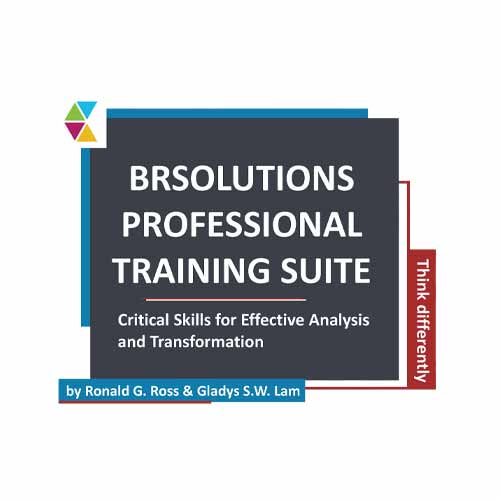Riding the High Roller — Goal or Objective?
I am absolutely terrified of heights; my husband is insistent that I should ascend every tall structure, especially if it moves, to overcome my fear (to date, it has not). When in Las Vegas last November, he insisted we ride the High Roller Observation Wheel. Was riding the High Roller his goal or objective?
I see Business Analysts (BAs) and stakeholders often use the terms 'goal' and 'objective' as interchangeable terms when they are not at all. The IIBA Business Analyst Book of Knowledge defines business requirements as "…statements of goals [and] objectives…."[1] It is a critical and fundamental skill for a BA to be able to identify a business goal or an objective when encountered and understand the difference between the two.
A goal is a statement of a future outcome; it is a target being worked toward.
An objective is a measurable metric moving toward the goal.
The explanation I favor is, the goal is the destination (overcome my fear of heights) and the objective is a measure toward the goal (to ride the High Roller by November 2017).
There are enterprise goals and business goals; an enterprise goal impacts the entire organization whereas a business goal is related to a specific business function. Business goals are indirect, long-lived, and exist beyond a single project. The business goal explains the need for the business rule. As an example, the business goal "to increase sales" provides the "why" for the business rule, "a customer with an order over $100.00 will receive free shipping."
The objectives are specific, measurable steps toward the business goal and survive only for the duration of a project. An example of an objective would be "to increase sales revenue by 10% by December 31, 2018." I recommend Ron Ross' How to Highlight the Difference Between Business Goals and Project Objectives[2] (below) to assist in crafting quality business goals and objectives:
|
Business Goals |
Project Objectives |
|
| What should be emphasized? |
Ongoing operation of the future-form business capability |
One-time transformation to create the future form business capability |
| What kind of verb should be used? |
Verbs conveying a clear sense of continuous activity |
Verbs conveying a clear sense of transformation |
| Examples: |
To maintain, to support, to manage, to sustain, to satisfy, to conserve, to protect, to supply |
To improve, to develop, to create, to become, to upgrade, to build to re-engineer, to correct to integrate |
To answer the question, was riding the High Roller the goal or the objective?
For me, neither!
References
[1] IIBA, BABOK, Version 3, Toronto: IIBA (2015), p. 16. ![]()
[2] Ronald G. Ross, Building Business Solutions, second edition, Business Rule Solutions (2015), p. 29. ![]()
# # #
About our Contributor:
Online Interactive Training Series
In response to a great many requests, Business Rule Solutions now offers at-a-distance learning options. No travel, no backlogs, no hassles. Same great instructors, but with schedules, content and pricing designed to meet the special needs of busy professionals.











